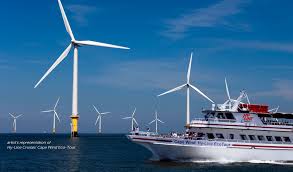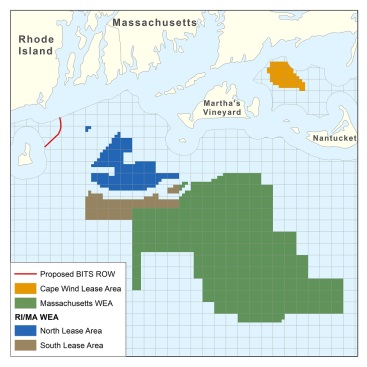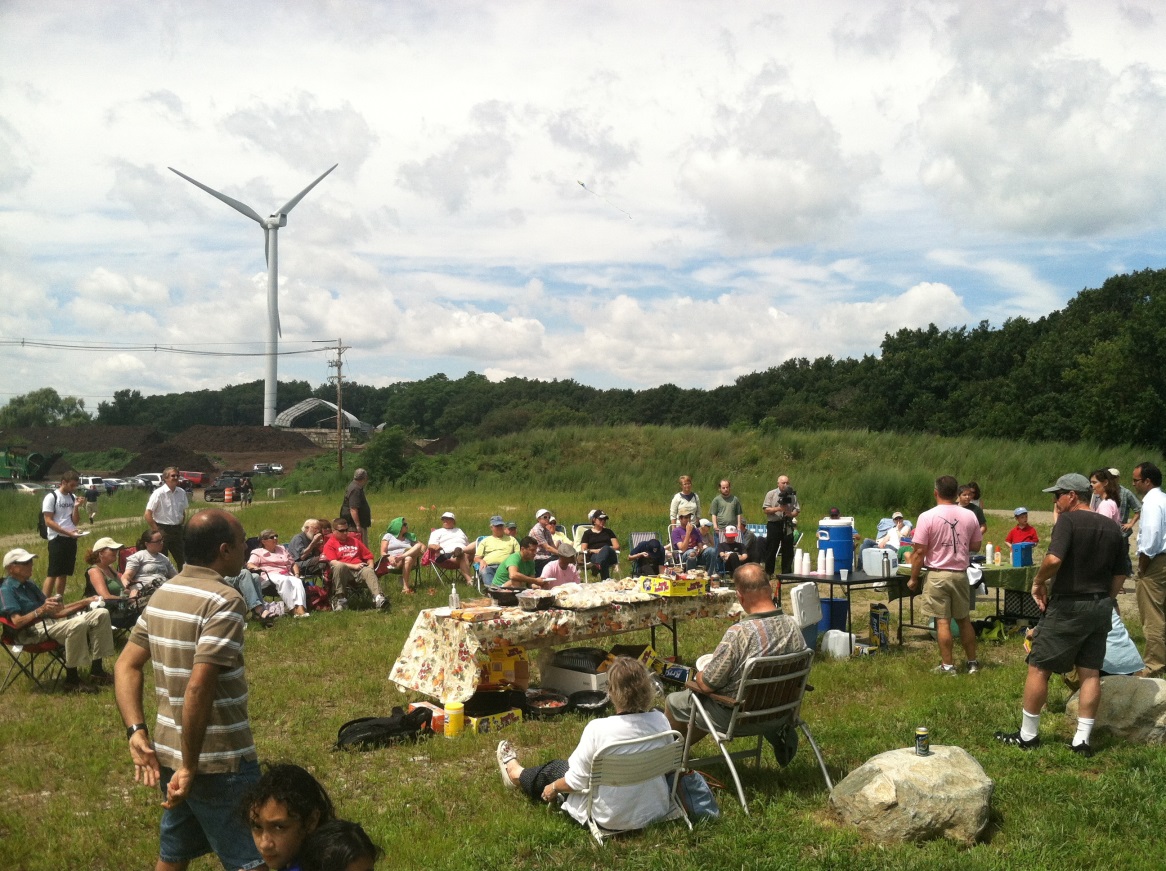Offshore Wind Critical to Preservation of a Livable & Equitable Future
The climate crisis demands a fundamental cultural shift in our energy system. Revolution Wind 1 and the South Fork...
Last week, we learned that National Grid and NSTAR decided to withdraw their commitment to purchase electricity from the Cape Wind project. Many of us were looking forward to seeing Cape Wind become the first offshore wind project in the United States. Now that seems unlikely. Without the contracts with NSTAR and National Grid, Cape Wind will find it extremely difficult to get financing.

It’s important to understand that Cape Wind is not dead. As the mayor of New Bedford said, it’s too early to offer a eulogy. Governor Baker has announced new appointees to the Department of Public Utilities which oversees the utilities. Those appointees could require NSTAR and National Grid to strike a new deal with Cape Wind. We hope they will. But we know that one of those appointees has criticized Cape Wind in the past, in her role as president of the New England Power Generators Association.
It’s worth remembering that the Global Warming Solutions Act (GWSA) was signed with great fanfare by Deval Patrick in 2008. It says that Massachusetts is required to reduce carbon emissions 25 percent by 2020 and 80 percent by 2050. As we see it, off-shore wind is absolutely necessary for Massachusetts to meet its commitments under the GWSA. So one question we have is – what are our utilities planning to do now to ensure that they purchase enough renewable energy to comply with both the state’s Renewable Portfolio Standard (a law passed in 1997) and the GWSA?
Fortunately, there should be other off-shore wind projects coming our way. As the Boston Globe recently reported:
At the end of the month, the federal government will auction four offshore wind leases across 742,000 acres of sea south Martha’s Vineyard. Those waters would be well beyond the view from shore and allow for the use of much larger, more powerful turbines than Cape Wind has planned to build. The energy from those leases could power as many as 1.4 million homes, according to the US Bureau of Ocean Energy Management.

Now for those of us who see the value of off-shore wind power, that’s positive news. But I cannot help but be cynical. A good developer could win a lease and propose a good project. But what if our friends at the investor-owned utilities, companies that respond mostly to the short-term interests of shareholders, do not want to sign long-term contracts for wind power? What if a big off-shore project, the kind that we need to dramatically reduce our overdependence on natural gas, is not convenient for them? Can we count on the governor, legislature, and Department of Public Utilities to step in and ensure that the public interest is prioritized? We’ll see. The utilities are very good at lobbying.
Speaking of NSTAR and wind power, acting on the recommendations of the Department of Energy Resources and Attorney General, in December the Department of Public Utilities ordered that NSTAR terminate its NSTAR Green program in favor of other voluntary green power offerings, such as Mass Energy’s New England Wind and New England GreenStart products. More information on why NSTAR green has been terminated is here.

[Photo of Mass Energy wind turbine festival in Ipswich]
So while Mass Energy is not able to save Cape Wind by ourselves, we will do our best to provide wind power to consumers who want to support zero emission, indigenous energy. You can sign up today at www.massenergy.org or by calling 800-287-3950, ext. 5.
The climate crisis demands a fundamental cultural shift in our energy system. Revolution Wind 1 and the South Fork...
Massachusetts has selected Vineyard Wind to develop an 800-megawatt wind farm — about 100 turbines — in federal...
Comments